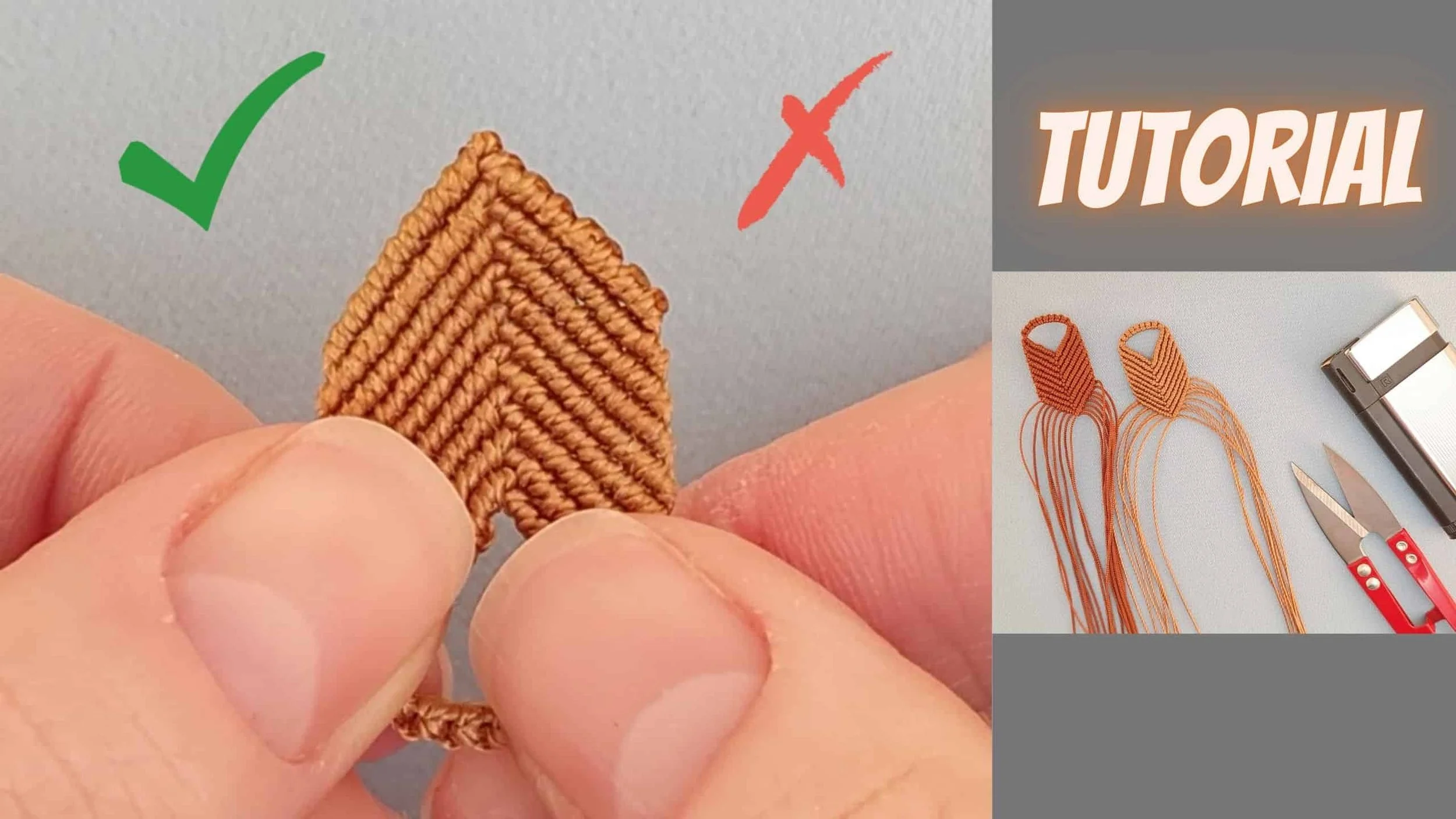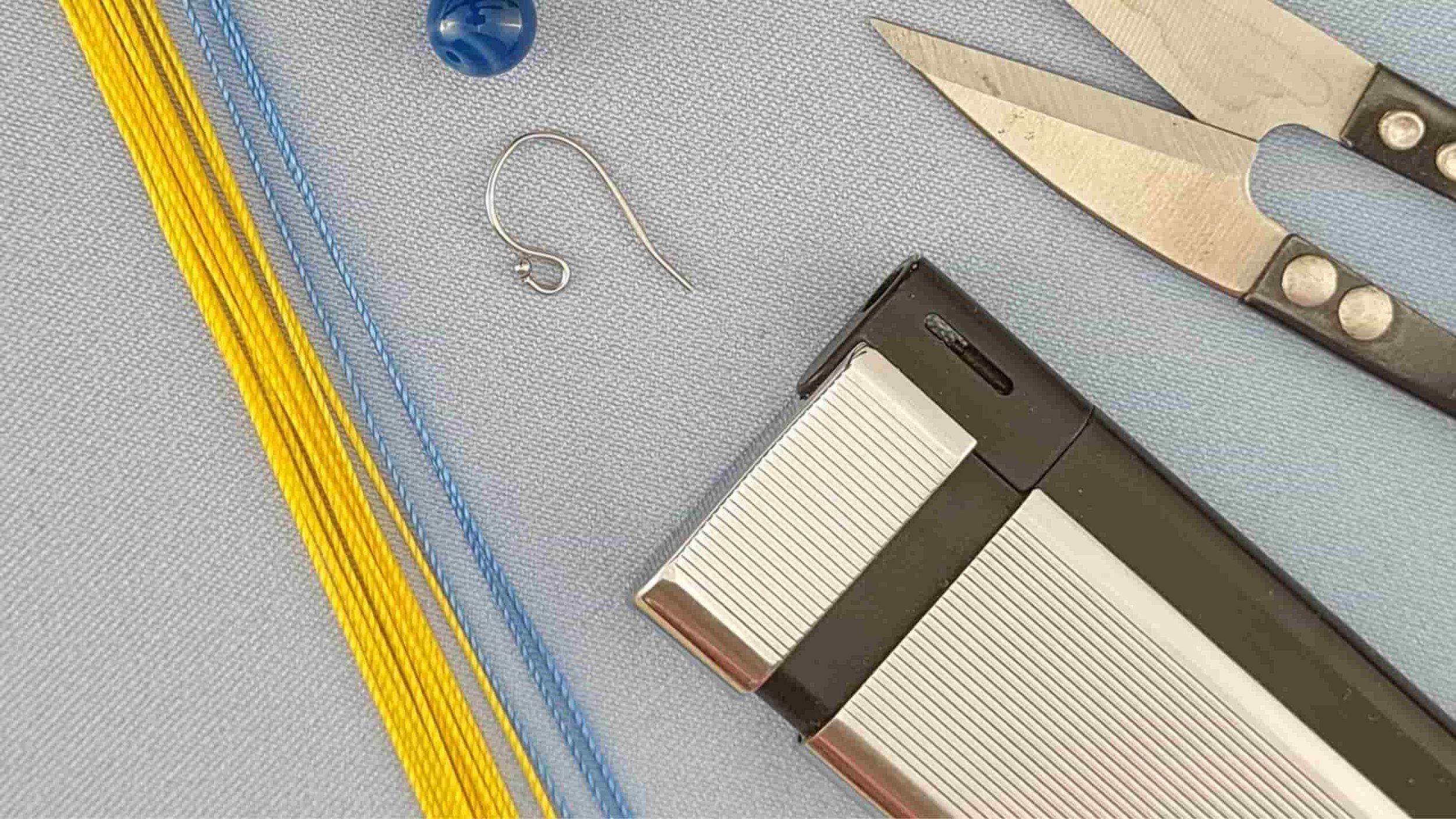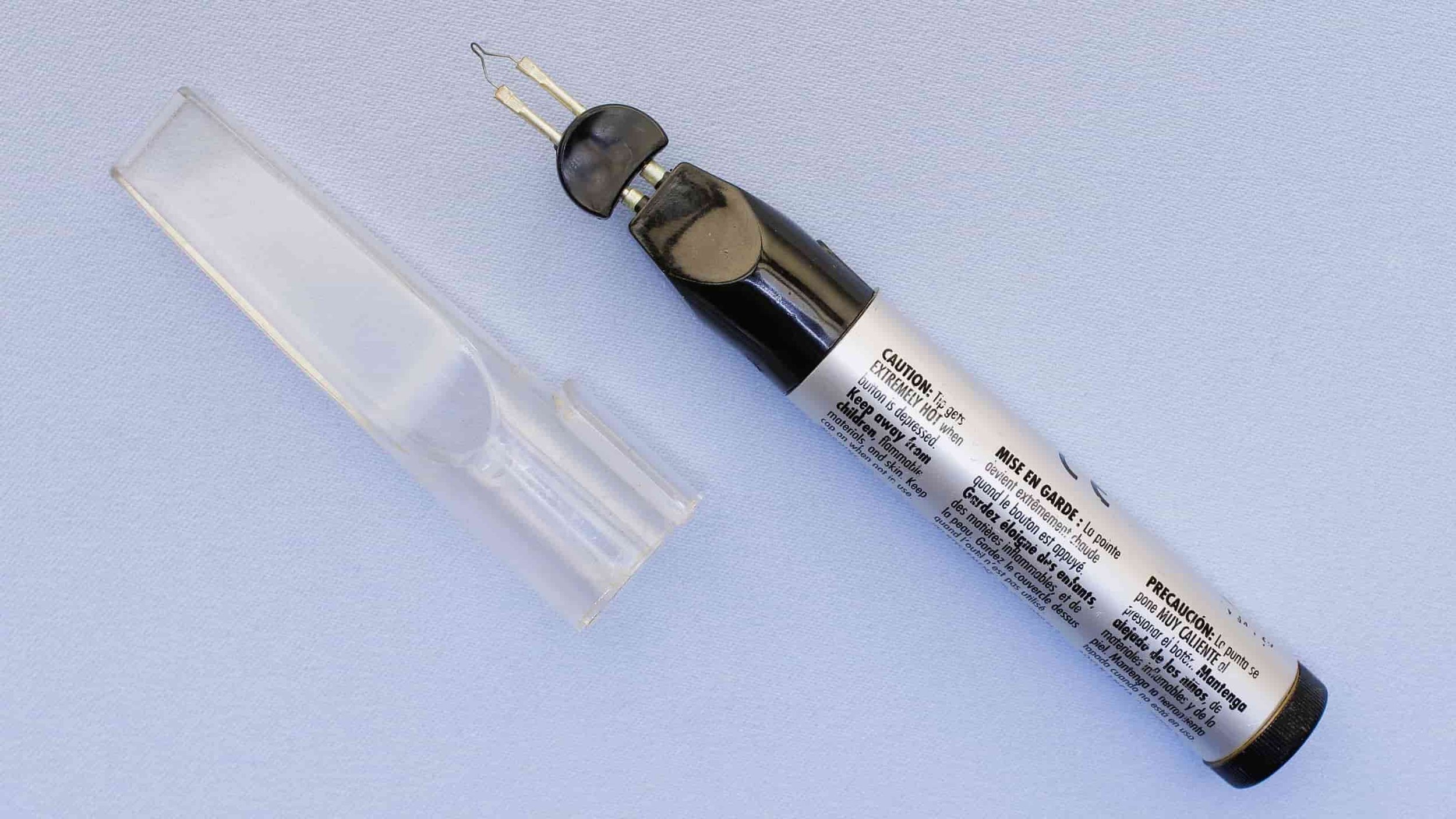Melting Threads: A Small Step, Big Impact
When I first started working on synthetic thread projects that required melting the ends, I had no idea what an art it could be. It didn’t take long to realize that this seemingly simple step could make or break the entire effect of intricate work. At first, I thought, “How hard can it be? You cut the thread, hold it to a flame, and you’re done.”
But as I quickly learned (and often the hard way), it’s the small details—how the thread reacts, the tools you choose, and even the distance from the flame—that make all the difference.
Little Details, Big Difference
White threads can discolor, so melting from a distance prevents yellowing.
The blue part of the flame works best for darker colors.
Thread length matters—too short can unravel, too long creates excess buildup.
Pulling the thread back before burning keeps the melted part less visible.
The right tools make a difference—lighters and specialty burners have pros and cons.
Mastering these small details ensures a clean, polished finish for your projects.
My First Lesson: Not All Threads Are Equal
One of the first things I discovered is that not all threads behave the same way when exposed to heat. Early on, I assumed that any synthetic thread would melt neatly and cleanly. Spoiler: they don’t.
I remember working with a dark green thread for a project. I carefully brought it to the flame, expecting a smooth, clean finish, but instead, it shriveled up and turned into a charred, blackened mess. Confused, I tried the same method on a white thread from the same spool, and it melted perfectly!
Now, I always test threads before diving into a project. Some melt cleanly, while others discolor or leave residue. A little extra testing upfront saves you from big regrets later.
If you're unsure which thread to use for your projects, check out my blog post Choosing the Perfect Micro Macrame Threads for a deep dive into different thread types and their best uses.
The Trouble With White Threads
Speaking of white threads, let me tell you—they can be tricky. I learned (after a lot of trial and error) that melting them too close to the flame often leaves an unpleasant yellow tint.
To fix this, I started holding the thread a little farther from the flame, letting the heat do the work without direct contact. It takes a bit more patience, but the results are absolutely worth it.
For other colors, like red or blue, I’ve found that the blue part of the flame (closest to the base) works best for a clean finish without soot.
Length Matters
Ah, the great debate: how long should the thread be before melting? Early on, I cut mine way too short, thinking it would look neater. Guess what? It unraveled, and I had to redo the entire piece.
Then I overcompensated, leaving long threads that melted into chunky, unsightly blobs. Not exactly the polished look I was going for. Now, I aim for a middle ground—long enough to seal securely, but not so long that it leaves an extra layer of melted material.
If you’re wondering what the correct length should be for the types of threads used in a specific pattern, watch the end of the video tutorials on my YouTube channel. I demonstrate exactly how to get it right for different projects!
A Little Trick to Keep Things Neat
One thing I wish someone had told me earlier is to pull the thread back slightly before melting. This way, the burned end is tucked inside the work and doesn’t stick out where everyone can see it. It’s a small adjustment, but it makes a big difference. I explain this step in more detail in one of my YouTube videos (check it out here).
The Tools of the Trade
When it comes to melting threads, I’ve tried a few different tools. My go-to? A trusty refillable lighter I picked up at a flea market years ago. It’s nothing fancy, but it’s reliable, reusable, and feels like an old friend at this point.
I also experimented with a specialty burner. It seemed like a great idea—perfect for thin or hard-to-reach threads. But in practice, it didn’t live up to my expectations. Melted threads would gunk up the burner’s tip, staining other threads over time. To make matters worse, the switch broke after a while. Despite my best efforts to repair it, I couldn’t get it working again, and it ultimately ended up in the trash. Maybe I just got a faulty one, but it wasn’t a great experience.
Wrapping It Up
Melting thread ends might seem like a small, technical detail, but it’s one of those little things that can make or break the final look of your work. Whether it’s testing your thread, finding the right length, or choosing a tool that works for you, these small adjustments can take your projects from “good enough” to “wow.”
If you’re curious about how I do it, check out my YouTube videos (link) where I share all my tips and tricks in action. Trust me, once you get the hang of it, you’ll see how satisfying it is to master this seemingly simple step!
View PDF tutorials by EwiMacrame on Etsy | Micro Macrame Techniques & Tips




